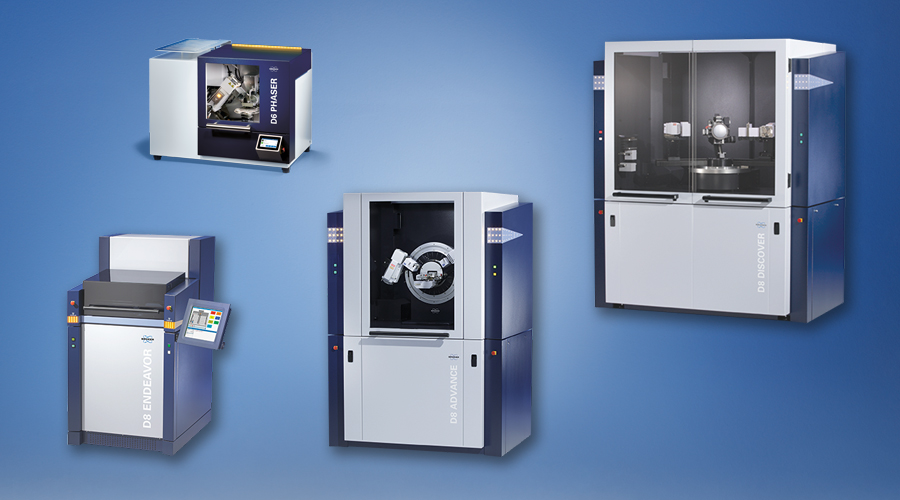

DIFFRAC.LEPTOS
Fully featured Materials Research software package
X-ray reflectivity (XRR) provides detailed information on the vertical sample density profile, layer thicknesses, and interface roughness. High-resolution X-ray diffraction (HRXRD) measures the crystallographic structure of the sample. Grazing-incidence Small Angle Scattering (GISAXS) is used for evaluation of nanoparticles and porosity. Residual Stress analysis probes the strain status of bulk samples and polycrystalline coatings.
Along with conventional single-curve scans, LEPTOS enables analysis of high-resolution HRXRD and XRR reciprocal space maps, GISAXS and XRD² Stress frames, area mapping for HRXRD, XRR, and Residual Stress applications. It doesn’t matter whether data have been collected with 0-D, 1-D or 2-D detectors.
The GUI can be customized to accommodate the requirements of both scientific researchers and industrial operators.
- Joint evaluation of multiple XRR, HRXRD, GISAXS and RS measurements
- Advanced X-ray scattering theories and numerical methods for estimation, simulation and fitting of data in direct and reciprocal space
- Naturally integrated processing of the 1- and 2-dimensional data sets measured by point, line and two-dimensional detectors
- Universal sample model editor for parameterizing any type of thin film and bulk samples
- Comprehensive and extendable material database covering all 230 crystallographic space groups
- Area mapping tool for display and evaluation of the measurements performed over large sample areas
- Advanced sin²ψ method for Residual Stress analysis of 1-D and 2-D data, as well as the multiple (hkl) method of evaluating the stress gradient in polycrystalline coatings
Standalone DIFFRAC.LEPTOS Modules
LEPTOS S
LEPTOS S is an innovative, powerful and comprehensive module for the analysis of Residual Stresses measured by 0D, 1D or 2D detectors by use of classic sin2ψ and extended XRD2 methods. The module is fully integrated in the LEPTOS suite and inherits all the functionality common for the whole package.
LEPTOS G
LEPTOS G makes an evaluation of Grazing-Incidence Small-Angle Scattering data, measured from the samples containing nanoscale particles embedded within the undersurface region or located on the surface of sample. These can be, for example, buried or surface semiconductor quantum dots and islands, porous materials, condensed powder, embedded in polymers nanoparticles, etc. The license for module G includes also R module for X-ray Reflectivity.
DIFFRAC.LEPTOS Specifications
| Version | The current software version is V7.10.12 |
Analytical methods | Dynamical Parratt’s formalism Diversity of interfacial roughness models Operator Method for the calculation of X-ray scattering parameters Patented Method of EigenWaves (MEW) Fast 2x2 and precise 4x4 Recursive Matrix Formalism Classic and extended sin2ψ, as well as XRD2 methods Evaluation of residual stresses from multiple {hkl} Stress/strain gradients in thin polycrystalline coatings |
DIFFRAC.LEPTOS Resources
Flyers & Application Notes & Reports
- DIFFRAC.LEPTOS: The Comprehensive Nanometer X-ray Analysis Tool
- D8 DISCOVER Plus, X-Ray Reflectometry on Thin Films and Superlattices
- Large-Area RSM with the EIGER2 R 500K: Analysis of InxGa1-xN LED, GaAs and Si1-xGex epitaxial films
- Residual Stress with EIGER2 R 500K: 0D, 1D, and 2D investigation of a polycrystalline tungsten coating on silicon
- D8 DISCOVER with PILATUS3 R 100K-A, 2D GI-SAXS

